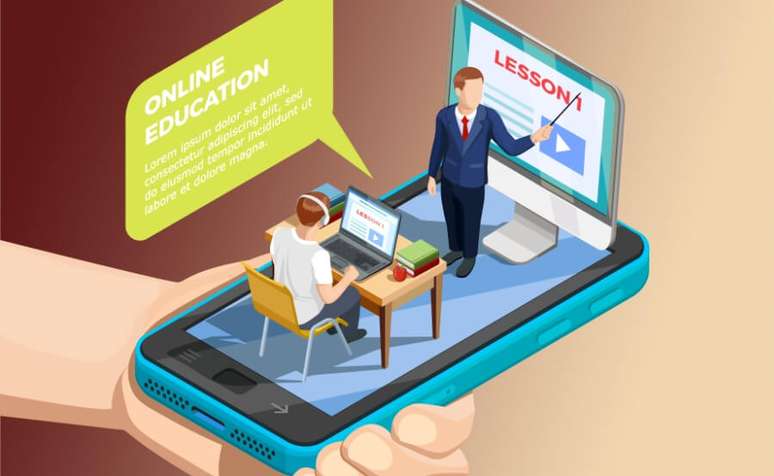Exploring pathways to barrier-free digital education: Effective strategies to ensure access and learning for all
In the world of e-learning, accessibility isn’t just a buzzword; It is a fundamental principle that guarantees the inclusion of everyone in the educational process. In an era where digital learning has become indispensable, recognizing and implementing accessibility practices in the design, production and construction of digital courses is more crucial than ever.
Accessibility in the context of e-learning refers to the creation of educational materials that are accessible and usable by all, including people with disabilities. This involves considering things like text readability, intuitive navigation, screen reader compatibility, video subtitles, and more. By adopting these practices, organizations not only comply with legal regulations, but also promote an inclusive and equitable learning environment.
The importance of the WCAG guidelines
The Web Content Accessibility Guidelines (WCAG) provide a series of recommendations for making the Web more accessible to people with disabilities. Following these guidelines is essential for developers and instructional designers, as they provide a detailed framework for ensuring that online instructional materials are accessible.
By incorporating the WCAG principles, organizations demonstrate a commitment to inclusion and significantly improve the learning experience for all users.
Challenges and strategies
One of the main challenges in developing accessible e-learning is the need to accommodate a wide range of learning needs and preferences. However, adopting a universal design approach can help overcome this obstacle by creating courses that are flexible and adaptable to different user needs. This includes the use of multiple multimedia formats, clear feedback, step-by-step instructions, and the ability to personalize the learning experience.
The future of accessibility in e-learning
As we move forward, accessibility will continue to be a critical element in the evolution of e-learning. With the advancement of educational technologies and greater awareness of inclusion, it is expected that accessibility practices will become even more integrated into the process of creating and developing both courses and application solutions.
This will not only enrich the learning experience for people with disabilities, but will also improve the quality of e-learning for all users, creating a more inclusive, engaging and effective learning environment.
Accessibility in e-learning is more than a legal obligation; It’s an opportunity to enrich digital education and foster a truly inclusive learning environment. By prioritizing it, we can ensure that digital education is accessible to all, regardless of their limitations or challenges.
This is the path to a more inclusive society, where every individual has the opportunity to learn, grow and thrive.
Danilo Parise is CEO and co-founder ofLudos Pro
gamified learning management platform.
Source: Terra
Rose James is a Gossipify movie and series reviewer known for her in-depth analysis and unique perspective on the latest releases. With a background in film studies, she provides engaging and informative reviews, and keeps readers up to date with industry trends and emerging talents.







